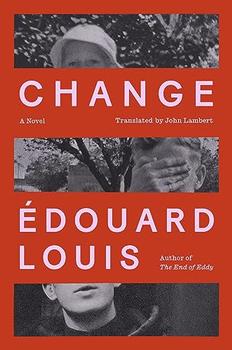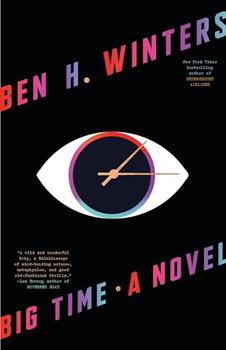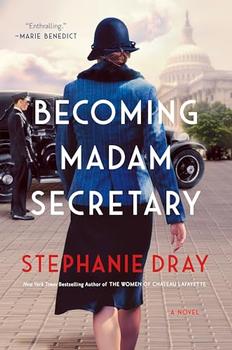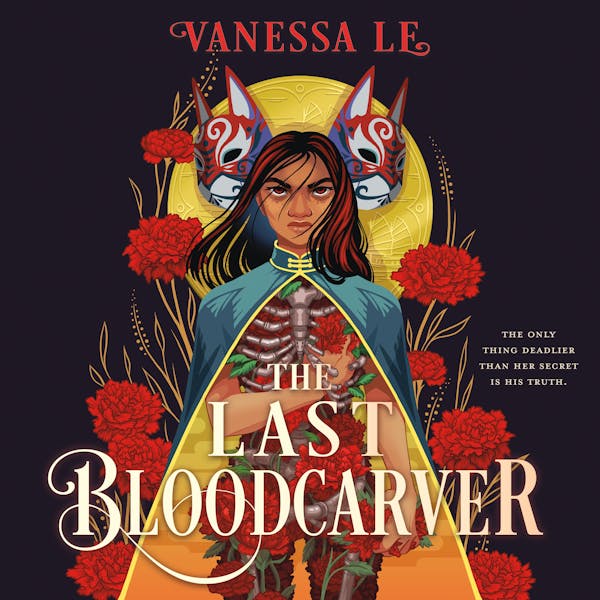Reading Guide Questions

Please be aware that this discussion guide will contain spoilers!
Introduction
On Beauty, Zadie Smith's third novel, is both a tribute to and a riff on
English novelist E. M. Forster's
Howards End, updated as an exploration of the
politics of contemporary life. In a book as bold and funny as it is precise and
insightful, Smith applies her dazzling powers of description to a middle-class
family in the United States. The Belseys are based at a fictional college called
Wellington, where earthy African American Kiki, abstract—and English—Howard, and
their three searching children seem the picture of modern liberal success. Yet
in spite of their outward harmony and privilege, all are eagerly pursuing
private agendas. Jerome, the eldest child, is alienated from his secular and
liberal family by his conversion to Christianity and attraction to conservatism.
Zora, the only daughter, aggressively follows her father's path, attending
Wellington where she adopts a veneer of sophistication and maturity that
disguises her insecure heart. The youngest, Levi, longing for an authentic
"blackness," is absorbed into a countercultural identity that belies his class
status.
The novel unfolds through a series of unexpected disruptions to the Belsey's
idyllic life. First comes the arrival in town of the Kippses, led by Monty,
Howard's bitter rival in theory and politics. Kipps and his family are, on
paper, the Belseys' opposites: the polished men epitomize a conservative ethic
while the decorative women are expected to follow traditional gender roles. Yet
the mothers, Carlene and Kiki, form a bond as wives of willful men and as lovers
of beauty, a bond that disturbs the balance of distrust between the two
families. Additional troubles add to the fray: Howard and Kiki's marriage is in
danger; Jerome falls deeply in love with Monty Kipps's daughter Victoria; an
educated young spoken-word artist enters the Wellington world and Zora's life;
recent immigrants from Haiti transform Levi; and at Wellington Monty Kipps and
Howard are on a collision course that threatens Howard's hard-won status. In
these conflicts Smith considers the impact of lies, the humiliation of
unrequited love, and the battle between the will of the mind and the desires of
the body as each member of the Belsey family questions their previous
assumptions about family, race, and morality.
On Beauty is a hilarious, scathing, and emotionally profound novel of human
aspiration and failure, an unfailingly perceptive portrait of a struggling
marriage, and an empathetic depiction of adolescent struggle. It is also an
outsider's witty look at American cultural life floundering under the weight of
political and cultural divisions. Will Howard and Kiki's marriage survive? How
will the feud between Howard and Monty be resolved? Which of the Belsey children
are poised to find a true and lasting identity, and which are teetering toward
heartbreak? Who will find their true place, and will it be found in family or
home, in nationality, abstract theory, or religion? This is Zadie Smith on
beauty—exploring who possesses it and who longs for it, who embraces it and who
denies it, who exploits it and who is destroyed by it—in a novel both
entertaining and wise that consolidates her position as one of the most
spellbinding writers of her generation.
Discussion Questions
- At the start of the novel, Howard's betrayal of Kiki has already set the
family reeling off its orbit. What are the effects of his infidelity on the
children? How do they react and whom do they side with? He and Kiki interpret
the meaning of his act differently? Can you understand both sides? Why do you
think Howard is tempted toward sexual betrayal? Where do you imagine their
relationship is heading at the end?
- The Belsey children are all searching for an adult identity. Jerome has
become religious, Zora is imitating her father, and Levi is in search of what he
believes will be an authentic ethnicity. What characteristics do the three
children share, and how are they like their parents? Which of their current
activities do you see as "phases" in their lives, and which do you think are
meant to suggest what they will harden into as adults? Which of them do you
identify with the most?
- The Belseys' house, beautifully evoked by Smith as the calm center around
which the whirlwind of family life turns, embodies the family's comfortable
middle class stature. What does the home represent, both practically and
emotionally, to various members of the family? Think about some of the other
living spaces in the book—the Kippses' or Howard's father's—and compare them to
the Belseys'. What do you think a good house can provide?
- Kiki, the most grounded of the characters on the surface, is also struggling
to find a place. Her husband and children have embarked on paths different from
her own, and she feels alienated by Wellington and Howard's colleagues there.
How do people treat Kiki, and what do both her race and size have to do with
this? She says at one point that she gave up her life for Howard; what does she
mean by this? Do you think she is more empowered over the course of the novel,
or less?
- Howard's academic work is a deconstruction of traditional ideas of genius; he
is attempting a book on Rembrandt that is meant to deflate the myth of his
originality. His friend Erskine says that "only a man who had such pleasure at
home could be ... so against pleasure in his work." Why do you think that
Howard feels so antagonistic toward representational beauty in art? What does
this suggest about the rest of his life? Do you find his ideas interesting or
persuasive? Or do you think he is missing something crucial about art or life?
What does his visit to his father add to your understanding of him?
- Smith quotes Elaine Scarry saying that "a university is among the precious
things that can be destroyed." How would you describe Wellington University; as
precious, or something else? What about it as an educational institution is
appealing, for the characters or for you? Which of its practices or people does
Smith seem critical of? Consider how this college might be representative of
both virtues and failings in American culture. How might a university be
precious—or beautiful—and how might this be threatened?
- The opposition between liberal and conservative seems to be encapsulated in
the competing ethics of the Belseys and the Kippses. Yet, for the children as
well as for the adults, the lived reality turns out to be somewhat more complex.
Consider the various members of the two families. How would you describe each
one's politics or belief system? How do they struggle to fully act on those
beliefs in their daily lives? Does anyone really live true to their ideals?
- Women's body issues recur throughout the novel; as Kiki says,
"It was in the air ... this hatred of women and their bodies." Kiki finds herself too fat,
while fading Carlene is too thin; eighteen-year old Vee wildly explores her
newly blossomed figure, while the poet Clare seems infantilized in her childlike
body. Are their bodies at all accurate representations of who they are? How do
they struggle with, or come to terms with, their physical selves? How does
someone like Zora, with dueling models Kiki and Clare, feel about her body? Does
anyone have a healthy (and sustainable) physical regard for themselves? Why or
why not?
- The brief friendship between Carlene and Kiki creates a strange but profound
connection between the two families, despite the dueling patriarchs. What does
Carlene provide for Kiki that her own family does not, and vice versa? Return to
their few brief encounters and examine the effect that they have on each other.
How does the subject of art and beauty enter into their conversations and
thoughts? Do these small moments explain to you why Carlene makes her bequest to
Kiki? What is she communicating through that gesture?
- Some people have described Smith's writing as satire—that is, work that
exposes human folly, offering it up for ridicule. Do you think her depictions of
characters are satirical? Some more than others? Think over times in the novel
when you feel that characters have become ridiculous, or when they seem more
like caricatures than real people. Which characters or moments in the book
transcend such stereotype? Are there characters who are both ridiculous and
real?
- All of the character's lives change over the course of the novel—most
dramatically, neither the Belseys nor the Kippses retain the same family
structure. Whose life is transformed for the better by these changes and who do
you feel are still struggling? Who, in the end, finds peace, and by what means?
Try to describe this peace or any other satisfactions you think the characters
have attained. What are some conclusions that are arrived at concerning art,
home, or love? Think about Howard and Kiki's divergent paths, or the possible
futures of Zora, Jerome, or Vee. Whose position would you most like to be in?
- The title On Beauty refers to many things: Howard's theories about art;
Kiki's physical grandeur; the attractiveness of youths like Carl and Victoria;
paintings by Rembrandt and other artists; Levi's sense of the organic flow of
street life; Zora's frustration at her lack of sex appeal; Jerome's sense of
religious transcendence. All of these characters express radically different
ideas about the meaning and role of beauty in their lives. What do you think it
means, in this novel's terms, to embrace beauty? What does it mean to be without
it? What, to Smith and to you, are truly beautiful things?
Unless otherwise stated, this discussion guide is reprinted with the permission of Penguin Books.
Any page references refer to a USA edition of the book, usually the trade paperback version, and may vary in other editions.
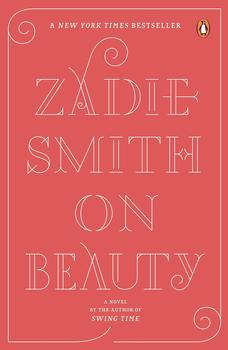
 Book Reviewed by:
Book Reviewed by: